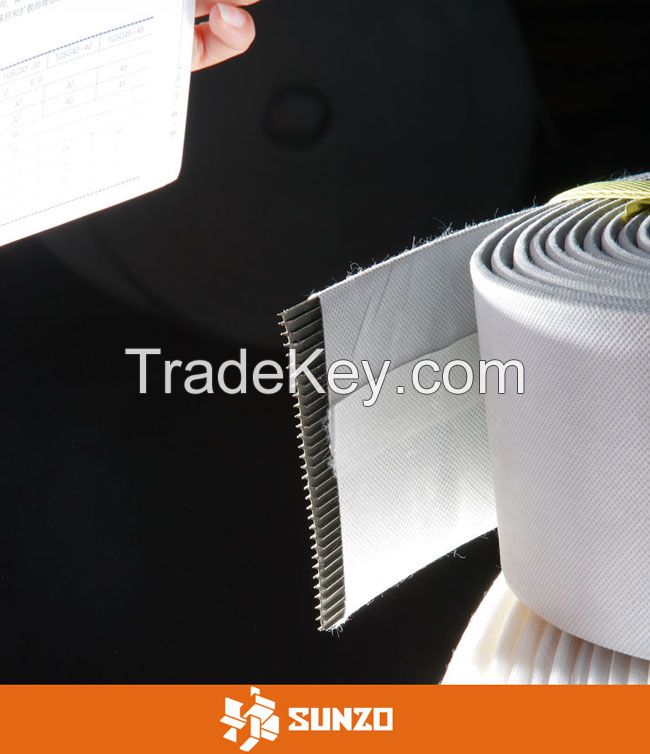详情
Underground Drainage Board for sale
What are Wick Drains?
Long term settlement of soft silt and clay often creates serious
problems in construction. Ten or more years may be required for
consolidation of thick compressible layers of soil. This design
problem can be overcome by creating closely-spaced artificial
vertical drainage paths to which the pore water can flow, thus
decreasing the consolidation time to a matter of months. These
artificial drainage paths, called wick drains, consist of a central
plastic core, which functions as a free-draining water channel,
surrounded by a thin geosynthetic filter jacket. A typical wick
drain is approximately 4 inches wide, 1/8 inch thick and comes in
rolls up to 1,**0 feet in length.
How are Wick Drains Installed?
Wick drains are installed with specialized equipment, called
stitchers. The stitchers, which are mounted on either backhoes or
cranes, consist of a vertical mast housing a special installation
mandrel. The mandrel, containing the wick drain, is hydraulically
pushed or vibrated into the ground to the desired treatment depth,
typically to the bottom of the soft-soil stratum. As the mandrel is
withdrawn back into the mast, the undamaged wick drain is left in
place within the soil mass. The mandrels are generally less than *0
square inches in cross-section, thus causing minimal disturbance to
the soil. Depending upon soil conditions, installation rates may be
as high as 2,**0 feet per hour.
Underground Drainage Board for sale
